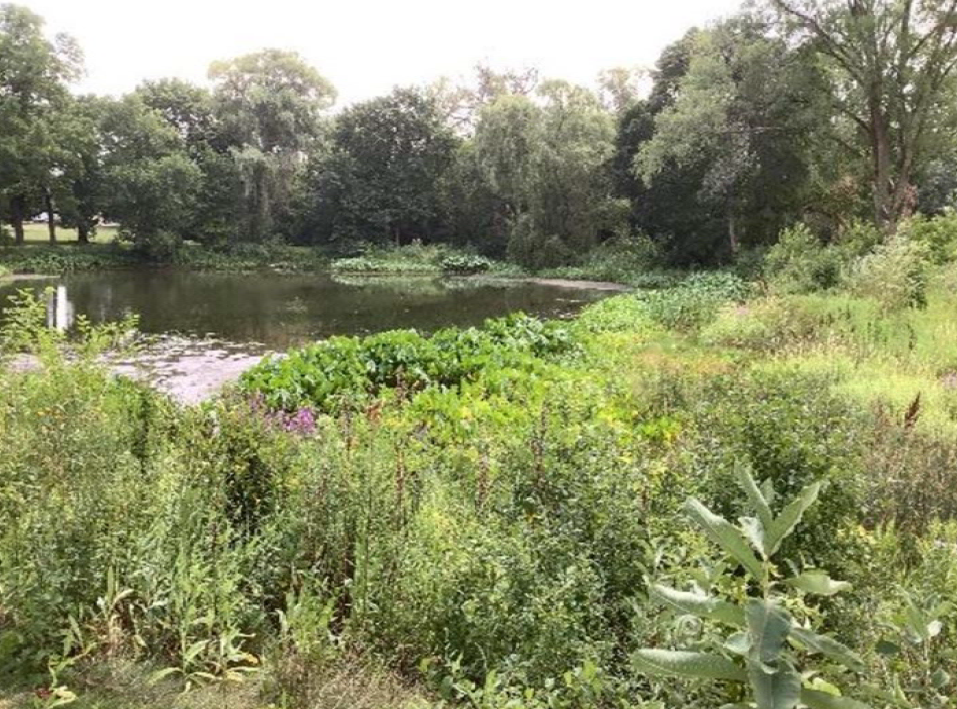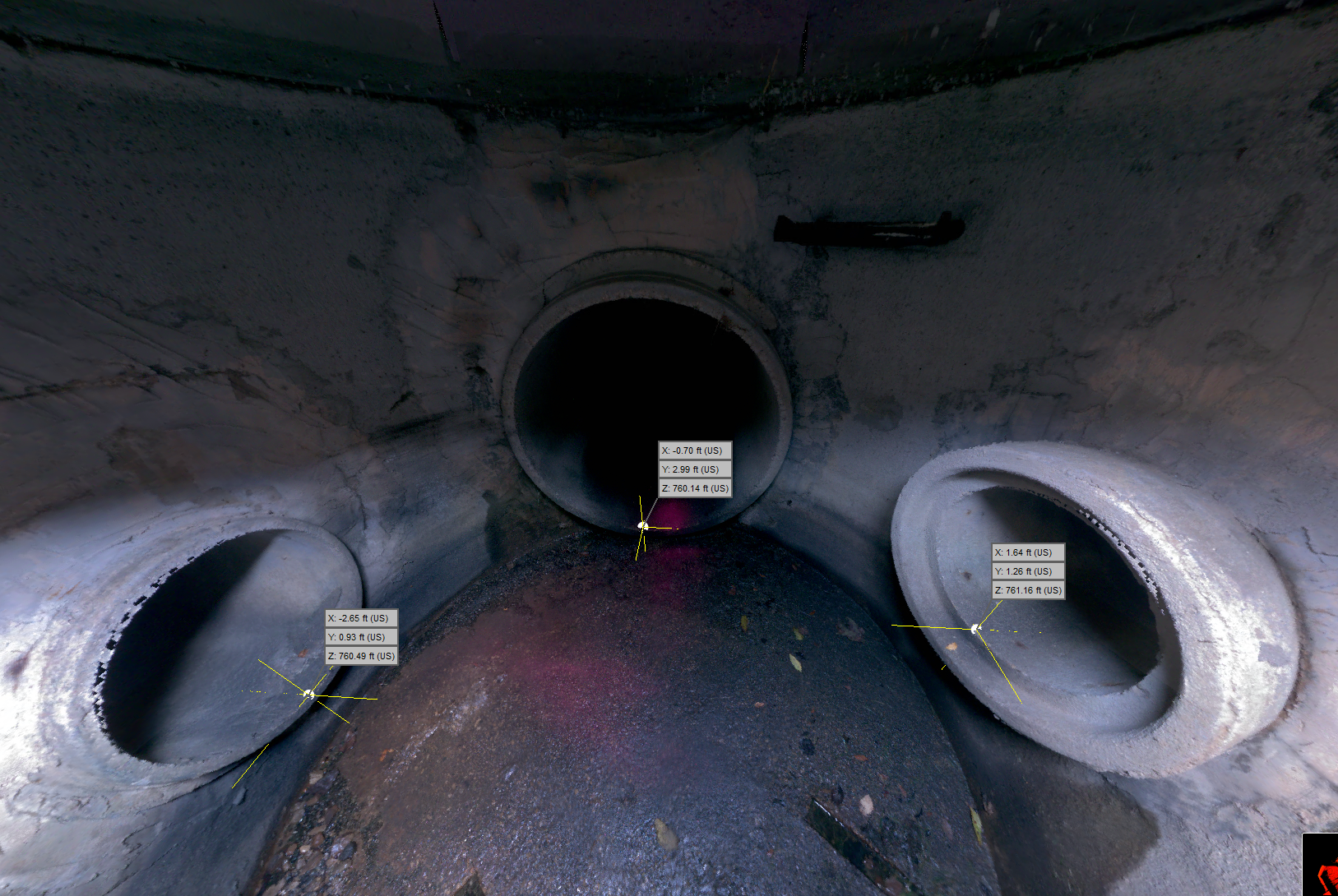The Bipartisan Infrastructure Law (BIL) is providing a substantial increase in funding for Lead Service Line (LSL) Projects. Under the updated program, LSL Projects will now be managed through the WDNR Safe Drinking Water Loan Program (SDWLP). The updated scoring criteria now places an emphasis on disadvantaged municipalities or census tracts. Here is some key information to prepare you for getting your LSL funding.
Key Differences Between OLD WIFTA & NEW BIL SLC Programs
Rather than the old WIFTA LSL Program, LSL Projects will now be managed through the WDNR Safe Drinking Water Loan Program (SDWLP). Below are key differences courtesy of the WDNR.
KEY DATES
An Intent to Apply (ITA) was due October 31, 2022 and applications for SFY 2024 are due June 30, 2023. If this deadline was missed for the SFY 2024 SDWLP, a waiver can be requested from the WDNR. If you’re too late for this round, don’t worry, this process will be repeated for the next 4 years.
SCORING
Any municipality can apply, however, to be considered for principal forgiveness, the focus is now on disadvantaged municipalities or disadvantaged census tracts.
Projects will be scored under two systems:
LSL specific scoring: allocation of Principal Forgiveness (PF) & loan funds from LSL cap grant
Regular SDWLP scoring allocation of regular SDWLP PF
Your project is first scored specific to LSL which is followed by scoring through standards of the SDWLP. PF can be established in the LSL program. If established, the PF is an additional subsidy provided and is used to reduce the size of the SDWLP loan.
LSL projects submitted must be separate from watermain projects, even if they share the same corridor. If additional funding/loans are taken out to cover private side of work, an application will need to be completed and submitted to the Public Service Commission of Wisconsin (PSCW) for consideration.
LSL PRoject-Specific Scoring:
Project type: Replacement or inventory
Poverty Percentage: <200% income level
Lowest Quintile income – lowest fifth of a community
Mandatory replacement ordinance: has been enacted
Sampling results that are above thresholds but are not an action level exceedance (ALE); systems to implement corrosion control.
Matching grants or other utility funds
Population with priority to lower population areas.
LSL PRINCIPAL FORGIVENESS SCORING:
For PF scoring, the following criteria and point system is used.
Principal Forgiveness Amounts
The updated PF scoring matrix uses allocation amounts.
200-360 Points: Up to 100% LSL PF for private side replacements
155-199 Points: Up to 75% LSL PF for private side replacements
95-154 Points: Up to 50% LSL PF for private side replacements
60-94 Points: Up to 25% LSL PF for private side replacements
If you are a Green Tier Community, you get an extra 10% PF!
Allocation PRocess
Funds will be allocated in the following order.
LSL PF for private side replacements are allocated first.
If LSL PF funds are available after private side replacement allocations, then public side replacements PF will be allocated.
Once LSL PF is allocated, projects will be ranked in SDWLP priority score to allocate SDWLP PF.
After all PF is allocated, LSL loan funds will be allocated in LSL priority score order.
Private side construction: 0.25% interest rate.
Public side, inventory, and other project costs receive 1% interest rate.
Any loan funding beyond LSL cap grant will be at regular SDWLP rates.
For more information and details on this program, visit the WDNR website.
R/M can help!
R/M can help your community get funding through the new Private Lead Service Line Replacement Program by:
Determining if you have an eligible project
Estimating your potential score
Compiling and submitting the application
Completing the required environmental screenings
Assistance with plan & spec development
Construction monitoring
If you have questions about the WDNR Private Lead Service Line Program, please contact an expert with RM today.
ABOUT THE AUTHOR
Kaley Simonis
ENVIRONMENTAL TEAM LEADER
Kaley Simonis has performed environmental assessments across multiple states to provide environmentally compliant projects. She has performed ecologically driven assessments, directed and coordinated teams performing site layout and routing, aerial mapping, surveying, design, permitting, and construction oversight through erosion and sediment control device inspections and restoration. Services she oversaw also included infrastructure management.
Her experience ranges from project sizes of hundreds of acres of earth disturbance to minimal, discrete disturbances. Since her move to Wisconsin, she has primarily focused on linear utility projects. These projects span both urban and rural settings in the renewable energy, agricultural, fiber optics, and conventional utilities markets throughout Wisconsin.




















